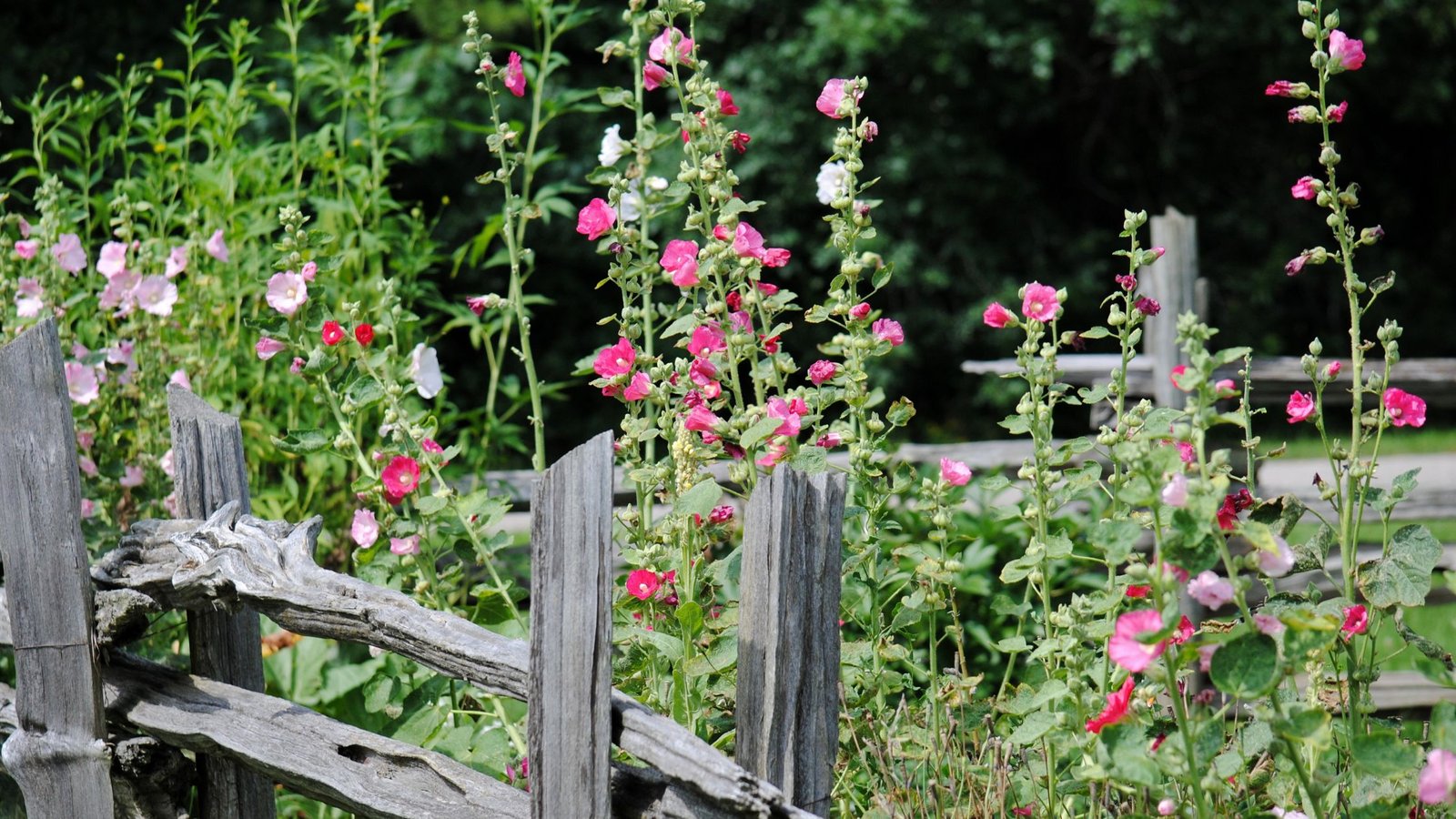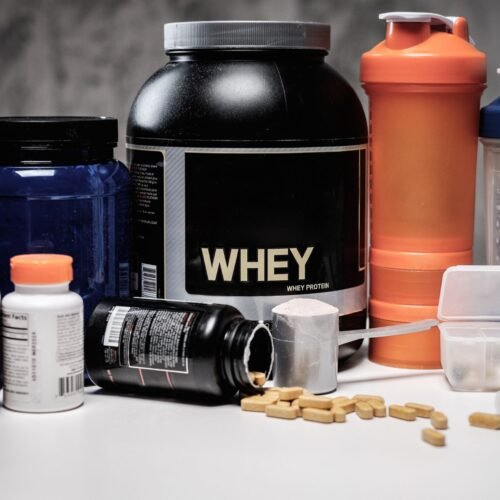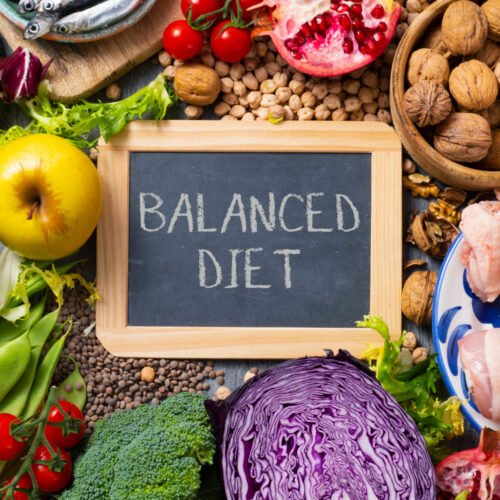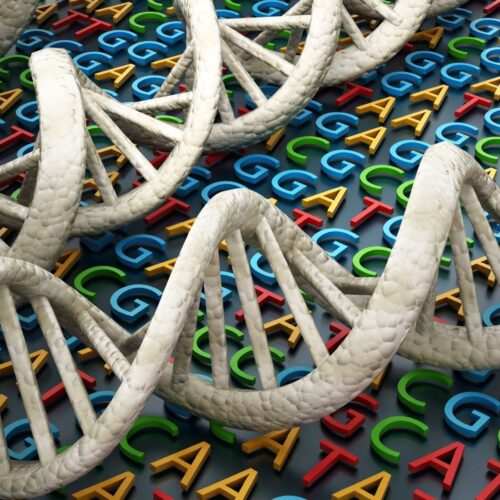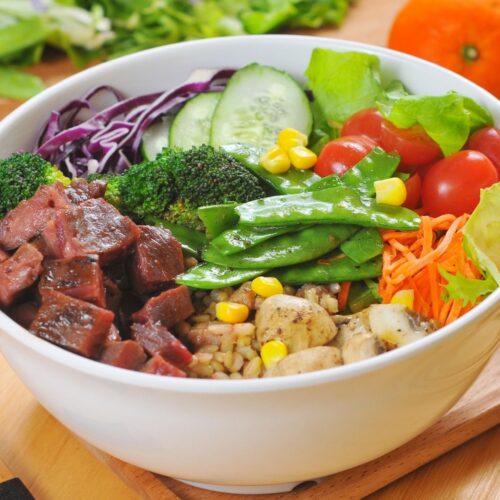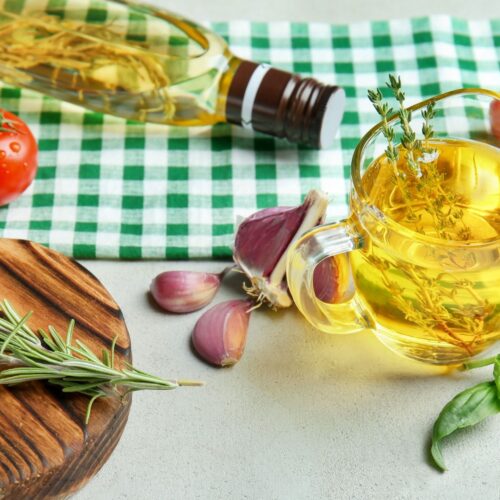A big piece of regaining and increasing our health is to decrease our toxin exposure.
Sometimes that means being very picky about the products we choose…
… the foods we eat…
… where we live or what materials are used in our homes…
… and sometimes it can simply mean utilizing what your garden has to offer.
Of course, I’m talking about gardens that we care for with organic products only.
So here are some plants and herbs that flourish in gardens…
… but you may not know all of these plants uses.
1. Raspberry plant
I don’t mean the berry itself, which is delightful, too.
I mean the leaves.
Have you ever seen red raspberry leaf tea at the store?
That tea is literally made out of the leaves of your typical raspberry plant.
You can easily make your own tea with the fresh or dried leaves.
Benefits: great for the menstruation cycle, supporting the uterus, but also good for the prostate, respiratory system, and is full of great antioxidants.
Side note, stick with the tea here. The leaves do have those spiky things like the stems do…
2. Hollyhocks
These gorgeous plants are edible from top to bottom!
I like to use the flowers to make a nourishing hair rinse, too. (Just simmer the flowers in water until the petals have lost most of their color).
With the leaves, roots, and flowers I like to make tea.
When the leaves are still little you can add them to salad.
Benefits: great for wound healing – boil the leaves and after cooling apply directly to the wound, great for your skin, soothes a sore throat when used as a tea, relieves respiratory problems (tea), promotes digestive health, use as a mouth rinse and support your gums, promotes circulation, and is good for women’s health.
3. Strawberry plants
This is another plant where the leaves make a great healing tea!
I also use these to make a hair rinse from time to time.
Alternatively, you can also use the strawberry leaves in a bath, depending on what aspect of your health you want to support.
Benefits: great for digestive health, can help against arthritis symptoms, good for your blood, may be cancer protective, and can be helpful against high blood pressure.
How to use:
When it comes to making tea out of any of these, use the leaf (or any part when it comes to hollyhocks) and use them fresh or dry.
Chop them up, add boiling water and let steep for about 10 minutes.
Personally, I like to do a second steep by letting the used leaves cold soak over night.
I’ll use the second steep either as a cold tea or as a hair rinse or mouth rinse.
If you want to use the leaves for a bath, you can use fresh or dried, chopped.
I would recommend using a cloth to put the leaves in, tie it shut, then put in your tub as you fill it with water.
While you can just put the leaves directly in the tub, this method really makes cleanup easier!

